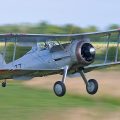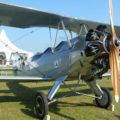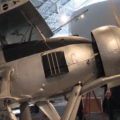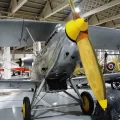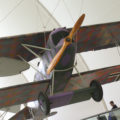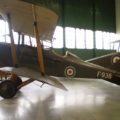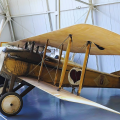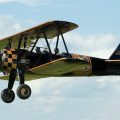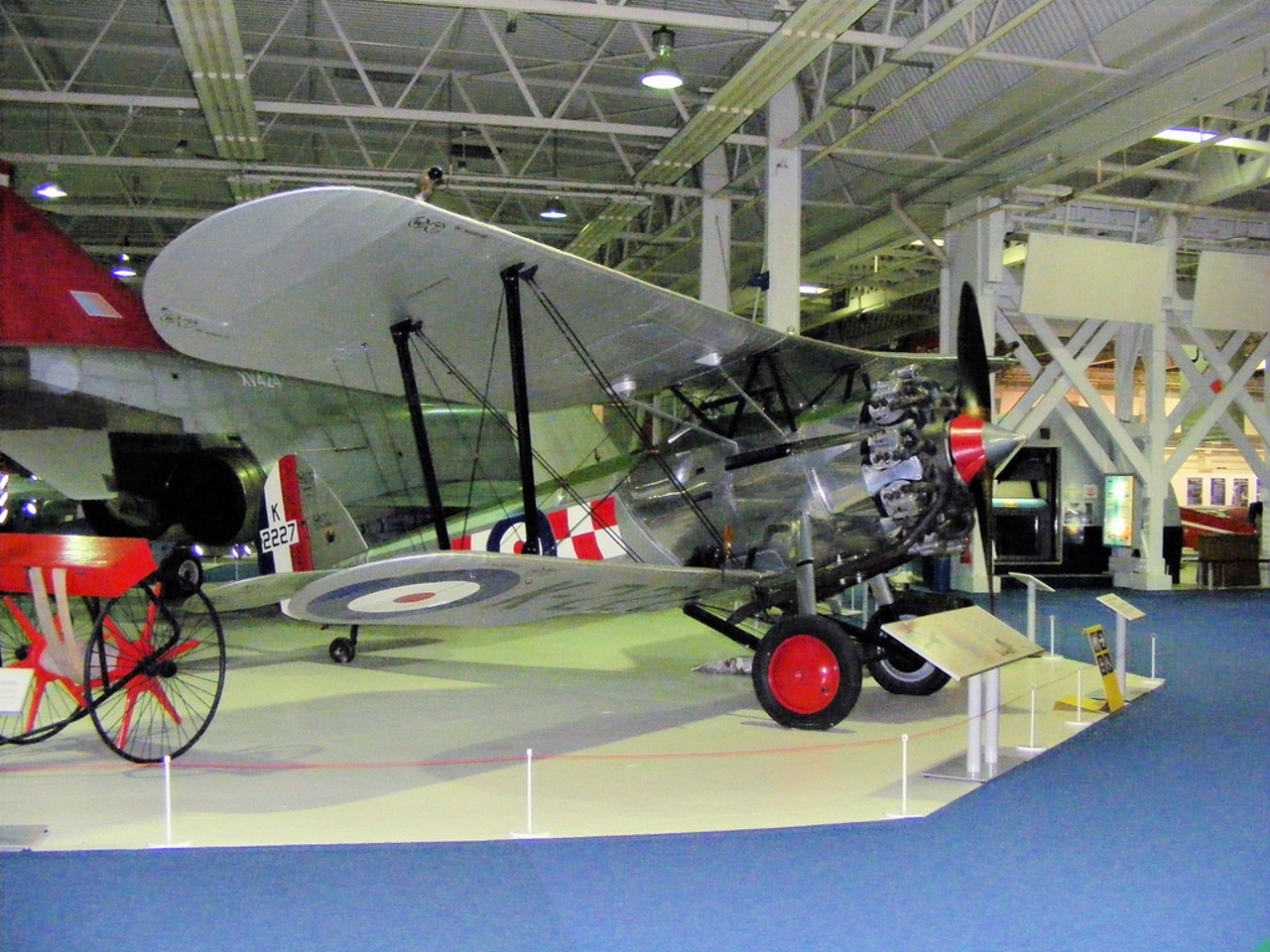
Bristol Bulldog | |
|---|---|
| Šalies | Jk |
| Vaidmenį | Kovotojas |
| Pirmasis skrydis | 1927 m. gegužės 7 d. |
| Pastatytas | 443 |
2007 Bristolio buldogas buvo Britų karališkųjų oro pajėgų vienvietis dvivietis dvivietis naikintuvas, kurį 1920-aisiais suprojektavo Bristolio lėktuvų kompanija. RAF ir užsienio klientams buvo pagaminta daugiau nei 400 buldogų, ir tai buvo vienas garsiausių orlaivių, kuriuos RAF naudojo tarpukario laikotarpiu.
Šaltinis: Bristolio buldogas Vikipedijoje
| Bristolio buldogas Mk.IIA Vaikščioti aplink | |
|---|---|
| Fotografai | Nežinoti |
| Lokalizavimo | Nežinoti |
| Nuotraukos | 21 |
Susiję rinkiniai:
Raskite rinkinius "eBay":
See also:
The Bristol Bulldog was a single-seat biplane fighter that served in the Royal Air Force and several other countries in the 1920s and 1930s. It was designed by Frank Barnwell of the Bristol Aeroplane Company, and was powered by a Bristol Jupiter radial engine. The Bulldog had an all-metal structure with fabric covering, and was armed with two Vickers machine guns. It had a top speed of 249 km/h and a ceiling of 6,705 m.
The Bulldog was developed in response to an Air Ministry specification for a new day-and-night fighter that could outperform the existing bombers. It competed with the Hawker Hawfinch, and was selected for further evaluation after a series of trials in 1927. The first prototype, designated the Type 105, flew on 17 May 1927, and was followed by a second prototype with a longer fuselage, designated the Type 107 Bullpup. The production version, known as the Bulldog Mk II, entered service in June 1929, and became the main fighter of the RAF until it was replaced by monoplanes in the mid-1930s.
The Bulldog was also exported to several countries, including Australia, Denmark, Estonia, Finland, Japan, Latvia, Siam and Sweden. Some variants were produced with different engines, such as the Mercury or the Armstrong Siddeley Panther. The Bulldog also served as a trainer and a testbed for various experiments, such as high-altitude flights and rocket-assisted take-offs. The Bulldog was one of the most famous and successful biplane fighters of its era, and was admired for its agility and performance.
Peržiūrėta: 1066



